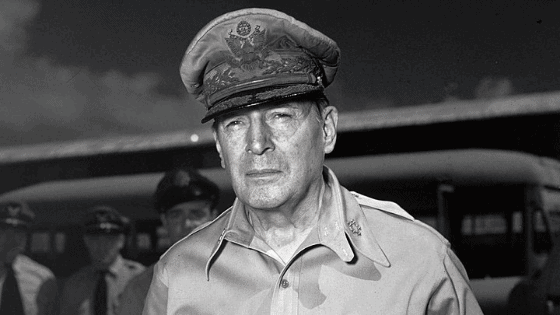You’ve probably read plenty about how to hook your audience in the first 60 seconds of your presentation. Let’s talk about how to end a speech with just as much power.
Closings are key–they’re your last chance to leave a lasting impression. Last chance, that is, unless there’s a Q&A. And if so, your closing matters even more!
A weak ending can sabotage everything that came before. Imagine a guide who takes you on a safari–showing you some of the most beautiful sites on the planet–and then forces everyone to end the tour with a Slurpee-chugging contest at his uncle’s 7-11.
Bad endings have a way of ruining good journeys. Let’s look closely at how and why closings move.
Table of Contents
ToggleHOW TO END A PRESENTATION WITH IMPACT
In a 20th century packed with important oratory, Douglas MacArthur’s 1951 farewell address stands with the most memorable… and stands there almost entirely for its closing lines.
MacArthur–one of America’s greatest generals, the man who accepted Japanese surrender on the deck of the USS Missouri in 1945–stood humbled before that joint session of Congress, after having been publicly and shockingly removed from command by President Truman.
MacArthur knew his legacy was on the line. This one speech would set the tone for how history would remember his accomplishments and his downfall. Knowing how to end a speech is what saved him.
The bulk of the talk itself is only of historical interest now–a justification and defense of his actions–and it’s the magic in the closing lines that made the speech whatever counted as the midcentury version of viral content:
“I am closing my fifty-two years of military service. When I joined the army, even before the turn of the century, it was the fulfillment of all my boyish hopes and dreams.
“The world has turned over many times since I took the oath on the plain at West Point, and the hopes and dreams have long since vanished, but I still remember the refrain of one of the most popular barracks ballads of that day which proclaimed most proudly that old soldiers never die; they just fade away.
“And like the old soldier of that ballad, I now close my military career and just fade away, an old soldier who tried to do his duty as God gave him the light to see that duty. Goodbye.”
Moving stuff. Let’s unpack what makes it work.
MOVING THE AUDIENCE
MacArthur knows that the last words of the speech are vital for one reason: that’s when the audience decides what to do with the message it’s just been given.
The opening can’t do that, because the audience doesn’t know message yet. The middle of the speech can’t do it, because that’s where the message is being built. Only the ending can thrust the audience forward to a place that’s better than where they started.
After a fairly technical discussion of foreign policy, MacArthur sets aside the persuasion for pure emotion. He wants to set the terms by which he’s remembered: an old soldier, a man who gave his life for his country.
Every talk needs to engage the audience’s emotions. As you prepare yours, ask yourself: how should your audience be moved? To a new way of thinking? A new outlook? Toward specific acts like protesting, or buying, or winning a war?
You’ll know you’ve perfected your ending when that call to action–or that feeling–is both compelling and clear.
BRING IT HOME
MacArthur also uses his final lines to reinforce and revisit the speech’s theme: his complete commitment to the cause.
Let’s call that thematic wholeness.
MacArthur doesn’t close with boring summary. Instead, he pulls on the thread that he’s woven throughout the talk–his patriotism, and response to duty–and ties it together in a new and moving, and memorable way. He’s simply an old soldier, he implies, and his good work has secured some small measure of immortality.
Thematic wholeness isn’t just for speeches before Congress. Now that you know how to end a presentation, your next business pitch should have a unified theme as well.
Did you start the talk with a story about the company’s founder? Reintroduce that person at the end in a new, slightly different way, and in a way that mirrors the journey on which you’ve led the audience in your talk.
Has there been a recurring joke throughout the presentation? Rather than overusing it, turn it on its head at the end–it’ll be unexpected, and it’ll make the audience rethink what’s come before.
The closing is where the entire talk comes together for a final statement of the reason for your talk. Use that statement well, and you’re sure to leave them with something unforgettable.
The irony of MacArthur’s closing? It was so good that it couldn’t fade away. Instead, it became one of the greatest rhetorical triumphs of the century.
All because MacArthur knew how to move an audience.











